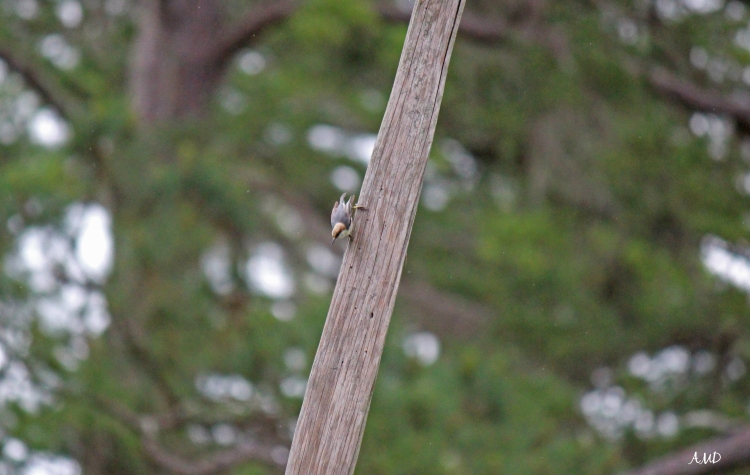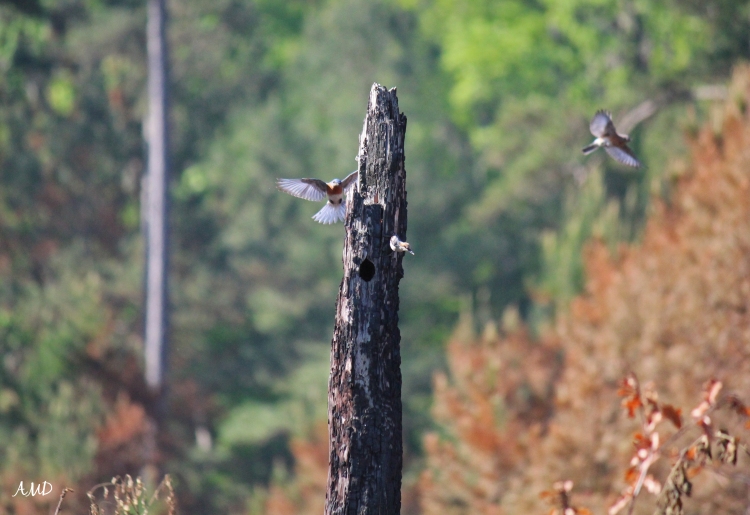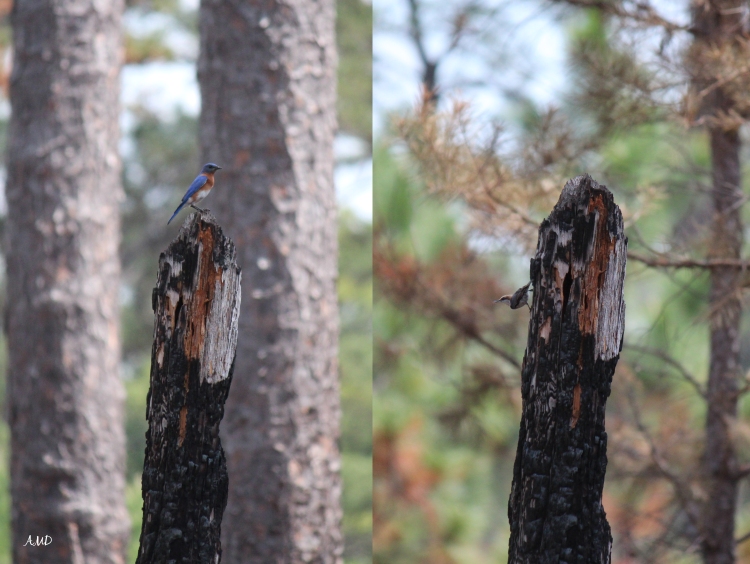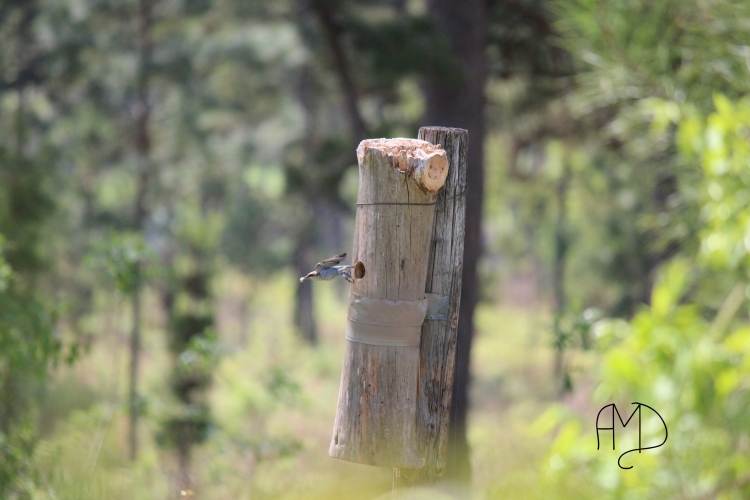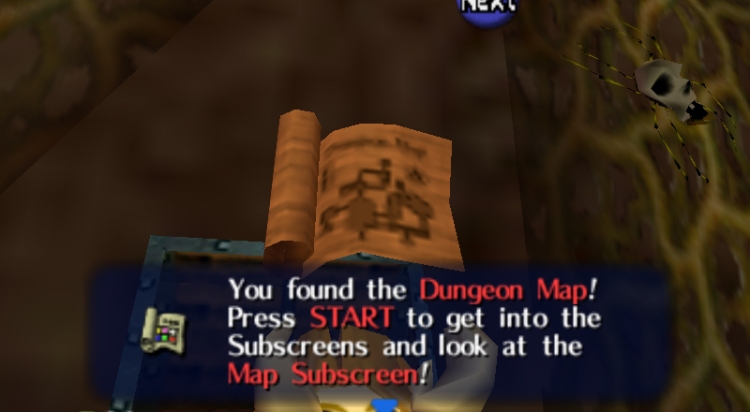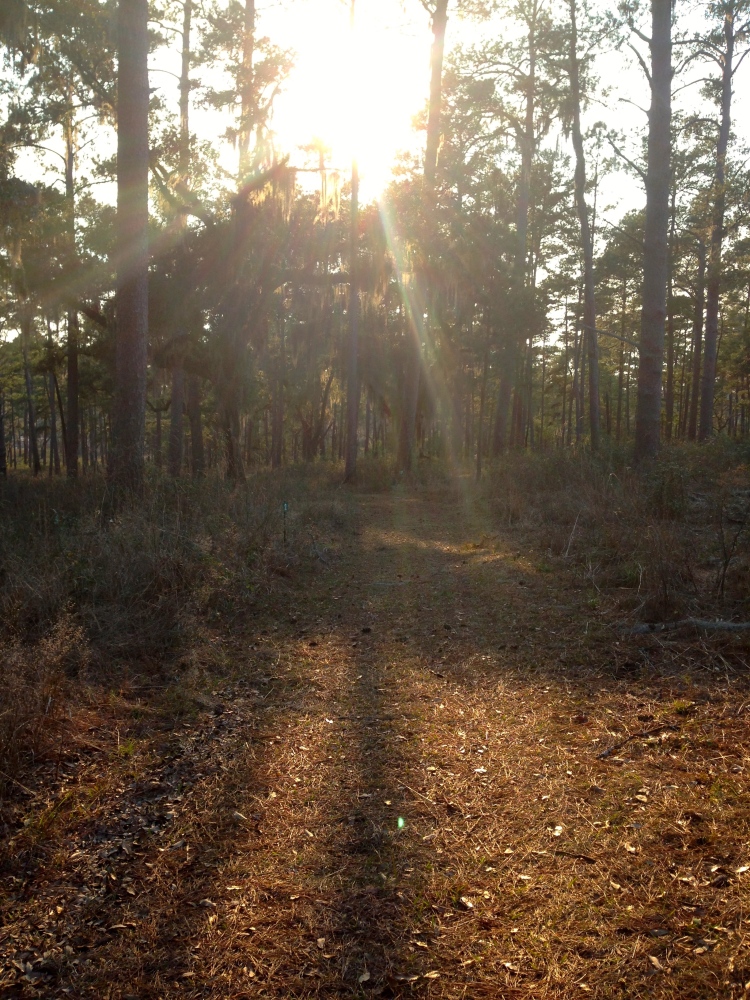A lot of people like birds, and occasionally bird watch, but not everyone is a “birder.” Birders are usually obsessive, love birds and everything bird-like, so this quality may seem impossible to miss. Still, loving birds and being a birder are a little different, so if you are wondering if you or a loved one is right on the edge of being a “birder” these tell tale signs will help you identify:
1. While driving, they suddenly shout out, “TURKEY VULTURE!” or “SWALLOW-TAIL KITE!” This should be terrifying, especially since you usually don’t see said bird, or the bird is very far from the road that the driver should be concentrating on.
2. Occasionally, movies are not fun to watch with this person because he/she totally ruins the mood. A conversation might spring up as you settle down to re-watch some favorite classics, like Indiana Jones and the Raiders of the Lost Ark: “Oh, did you hear that willow ptarmigan calling? SERIOUSLY, a willow ptarmigan! That is an arctic bird!! Tundra, not rainforest! This really makes the movie unbelievable.”
3. You are unsure if he/she is ever really listening to you, because in the middle of a conversation, he/she might interrupt with, “I just heard a Northern Parula! Wow! They are migrating kind of early this year, how cool.”
4. Binoculars are apart of the wardrobe, regardless the event or place. Bonus points to those with the fancy harness instead of the neck strap.
5. If you put their MP3 player on random, eventually a startling, loud bird call will blast through the speakers.
6. Vacation spots are planned based on eBird updates of rare sightings and the need to fill in “lifer” birds.
7. You know what getting a Life Bird means. Party, list writing and joy.
8. You wonder about his or her sense of humor.
“Which bird is still a virgin?” – birder
“Um what? Don’t all individuals want to procreate for the good of the species and themselves…?”
“Not the Fish Crow!! They always say Not-a! not-a! Hahahahaha!”
9. They have more photos of birds on their computer then photos of friends or family members.
10. While out on a walk with them, they will nonchalantly mimic birds, whistle back to towhees, caw at crows, and say “Cheery up! Cheerio!” when a flock of robins pass.
If all these points sound like your one special love, then congratulations! You are dating a birder, and it is only a matter of time before you become one too…

